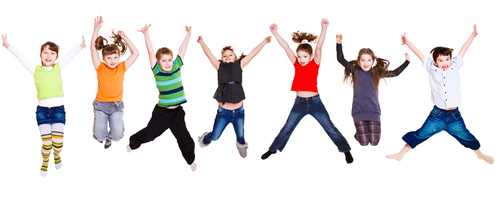7 Tips for Managing Restless Students
Every class will have a student or two who struggles with sitting still, paying attention, or staying on task. How you handle these students can affect that student’s learning as well as the rest of the class’s ability to learn and focus. Kids are kids and they need to have fun and release energy, but they also must learn when the appropriate time for that energy is. As you work with students who struggle with sitting still or paying attention, remember that these students need extra patience, kindness, and compassion. Some just need a little extra attention and will respond to your consistency, firmness, and kindness. Here are 7 easy tips for managing restless students:
-
Students are more alert in the morning and may be more tired and rowdy in the afternoon. Plan your activities accordingly. Knock out your seat work and circle time in the morning when students will be more likely to stay focused.
-
Even adults struggle to pay attention for long periods of time. Give students short mental breaks during long seat work activities. Take short breaks to discuss the activity, let students sharpen pencils, or use the restroom.
-
For the student with fidgety hands, try giving that student something small, soft, and quiet to hold onto. For instance a rolled up sock or stress ball.
-
Some learning disabilities may prevent students from being able to sit still and stay focused for very long. Give these students reasonable expectations. If you expect the class to sit still for 15 minutes, excuse that student after 10 minutes. Challenge the student to improve over time.
-
Get the wiggles out before they begin! As you transition from one activity to the next, play some music for a quick dance to shake those wiggles out. Or try Brain Breaks, a wonderful idea from 3rd Grade Thoughts!
-
Replace your classroom chairs with stability balls; they are a great active-outlet that a lot of teachers are starting to use. The balls promote good posture while allowing students to move a little without distracting them from learning.
-
Some students are naturally more active than others. When it is deserved, give those students immediate, positive feedback so that they understand what good behavior looks and feels like.
Read this great article from the National Education Association for more information and ideas for managing restless students.

